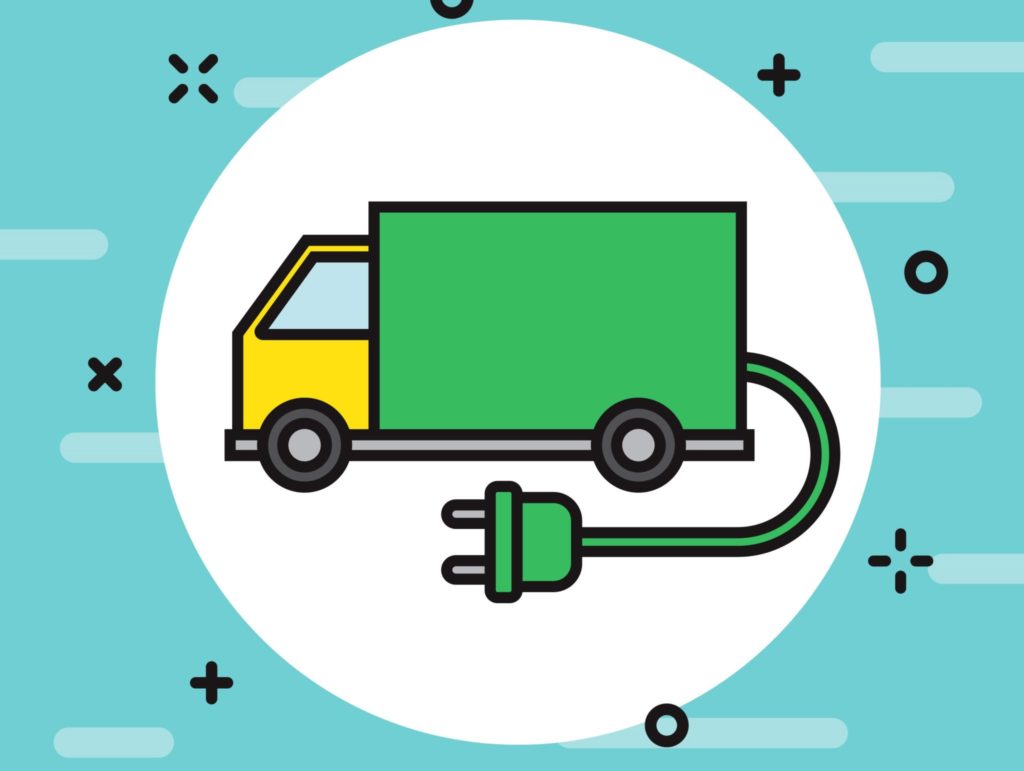EV makers face wide range of costs and terms for batteries
Electric vehicle manufacturers face a wide range of prices and supply chain conditions when it comes time to purchase the all-important batteries, a new study led by Calstart shows. And the market conditions are thought to give upstart electric vehicle makers one competitive advantage compared to established OEMs.
The view of the market emerged in Commercial Vehicle Battery Cost Assessment: Strategic Sourcing Challenges for North American Truck and Bus OEMs and Tier 1 Suppliers, written by the Yunev consulting group.

“The electric commercial vehicle industry is not a level playing field with one fixed battery cost. Instead, there is a wide range of costs and commercial terms, depending on the actual purchase volume and battery sourcing capability of each OEM and Tier 1 supplier,” said Kevin Beaty, principal consultant at Yunev, in a press release.
The report notes that a growing number of start-ups like Tesla and BYD already have access to low-cost and large-scale battery supplies for passenger vehicles, leading to a competitive advantage when it comes to one of the single-largest costs of an EV.
“Similarly, after seeing and hearing that Li-Ion battery costs have decreased by more than 85% over the past 10 years, it is only natural to assume that commercial truck and bus manufacturers are enjoying low battery prices as they prepare to introduce a growing number of EVs. Unfortunately, while it is true that battery costs have been reduced significantly over the past decade, it does not necessarily follow that all MD/HD truck and bus OEMs are able to access attractive battery sourcing and pricing channels at this point in market development,” the report says.
“A successful and rapid transition to zero-emission transportation and achieving the related climate goals depends on a strong, sustainable and low-cost North American battery supply and sourcing chain,” said Kevin Walkowicz, senior director of Calstart’s Clean Truck and Off-Road Initiative.
Purchase incentives were identified among the measures needed to help early-stage manufacturers and some vehicle platforms while they are still at “sub-critical” volumes.
The report notes that battery prices reflect early commercialization and the scale and expertise manufacturers have in sourcing batteries. Battery manufacturing at scale also remains “one of the greatest obstacles” to price parity with conventionally-fueled vehicles, although the consultants say that price parity could be accelerated through a quicker rollout of zero-emission vehicles.
Some vehicle manufacturers, however, are believed to be in a position to leverage scale and better pricing in markets outside North America.
Have your say
This is a moderated forum. Comments will no longer be published unless they are accompanied by a first and last name and a verifiable email address. (Today's Trucking will not publish or share the email address.) Profane language and content deemed to be libelous, racist, or threatening in nature will not be published under any circumstances.
The placee to start would on the existing load for heating and cooling of cab and lighting. We need a system of charging and parking of trucks in off peak hours of 22 00 hours to 630 in morning